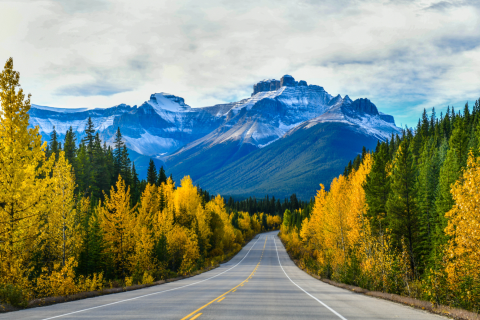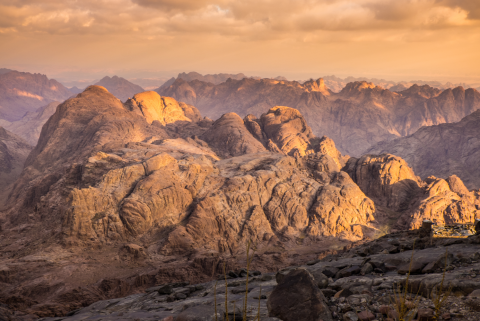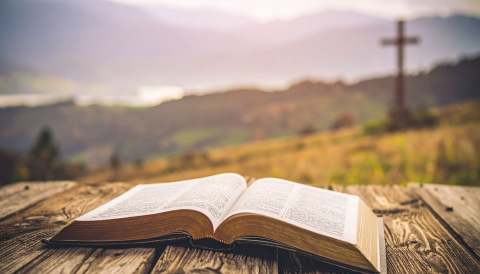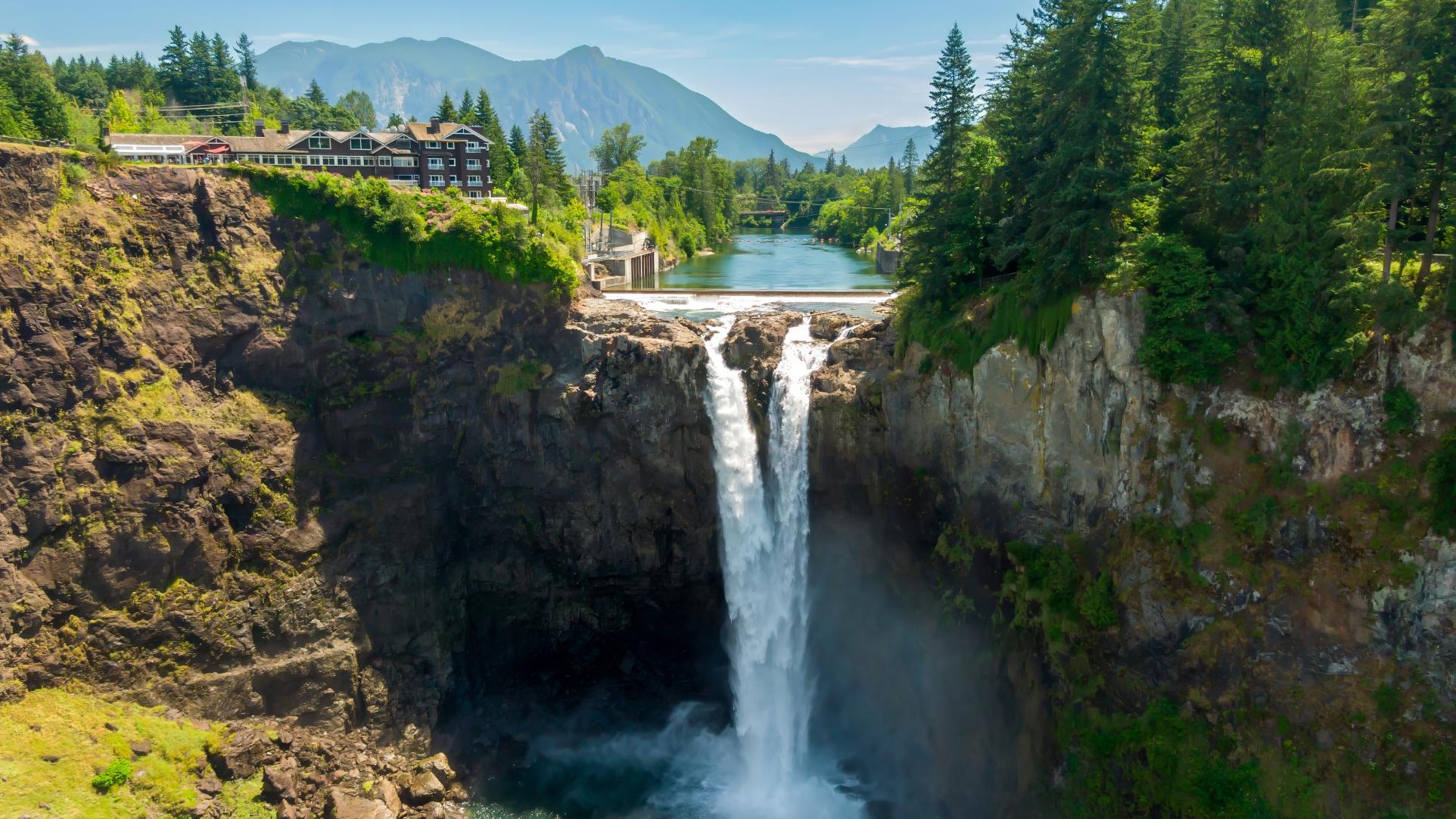“And many peoples will come and say, ‘Come, let’s go up to the mountain of the LORD, to the house of the God of Jacob; so that He may teach us about His ways, and that we may walk in His paths.’ For the law will go out from Zion and the word of the LORD from Jerusalem.”
Isaiah 2:31
On October 30, 1990, I met the mountains—and I fell in love. I had flown to Seattle from Virginia, where I lived at the time, and rented a car. True to form, I started to drive. Just so you know, taking road trips is nothing new to me.
At first, I didn’t go far—just to Snoqualmie, Washington. From my hotel room, I had a stunning view of a nearby peak. The next morning, that same mountain was shrouded in clouds. It was in that place that my soul stirred in a new way.
That encounter sparked a longing for the high places—those majestic spaces where heaven feels a little closer to earth. In February 1992, my quest led me to the majesty of Yosemite for the first time. In July that year, I visited the Alaskan mountains and the grandeur of Denali. In 1997, I beheld the Sierra Nevada Mountain range, including Mt. Whitney. By 2000, I found myself in Glacier National Park, for the first time, and the Canadian Rockies. The list could go on, but you get the idea.
When I knew it was time to leave my life in Maine, I applied for a job opening with the Audubon Society in Montana, among other jobs in mountainous regions. But God had another plan at the time.
First, He led me back to Michigan, to my roots, to tend to my mother. After a time, He opened the doors to the mountains. Of the many elevations He could have selected, He chose Chewelah, a corner in the forested mountains of northeast Washington, nestled between British Columbia and Idaho. Here, I live my best life—hardest, but best—close to creation. Cougars, coyotes, and all. He led me here to Chewelah to draw me closer to Him just as He led me to these verses in Isaiah and Micah.
After I lost my mother, I began to pray, “Lord, is it time to go to the mountains? Please, just lead me to mountains—any mountains. I want to meet You there.” And He answered.
Now, whenever I step outside and take in His handiwork, I am in awe, not only of His creative hand but also of His answer to my plight. He met me in the high places, just as He met so many before me.
Friday, July 11, 2025, God gently reminded me to stay connected to Him on the mountain. The day before, I rented a campsite for what I thought was going to be one night in Riding Mountain National Park in Manitoba, Canada. I planned to leave Friday morning for Grasslands NP in Saskatchewan. I was going to spend Friday night in Weybern, Saskatchewan, and go to church there before going on to Grasslands National Park.

The more I examined the situation, I just couldn’t do it. Sabbath would not have given me peace. I knew that Saskatchewan was basically farmland and grassy prairie. Furthermore, the Saskatchewan park had no trees—just more prairie. I need trees on the mountains to soak in God’s presence. He reminded me of Mark 6:31: “Come away by yourselves to a desolate place and rest a while.”2 Grass is not my idea of a restful, desolate place; trees are.
Also, some personal things seemed to be falling apart, but God quietly reminded me: “I didn’t bring you this far to leave you.” So He opened the door for two more nights on Riding Mountain. No sooner had I booked those two nights than the campground was full.
Since I had time to spend in the park, I went in search of wildlife. Only a few birds flitted in the smoky fog-covered trees. At one stop, I met a lady who asked, “Have you been to The Spruces?”
“The Spruces? What’s that?”
“It’s a stand of trees where you can see beautiful sunsets.”
I knew the misty rain that doused a smoky wildfire would not produce such a splendor that evening.
By morning, the sun was shining. I spent most of the Sabbath at Lake Katherine in Riding Mountain. That evening, the Sabbath closed beautifully so I could experience a glorious sunset at The Spruces.
Sunday started early. By eliminating Grasslands NP, I saved at least three hours of driving. God kept me on the mountain to give me peace. Sunday evening, He smiled and gave me a rainbow on the Alberta prairie.
Mountains are often where God meets His people—places of revelation, encounter, and transformation. Consider:

- Mt. Sinai, where Moses received the Law.
- Mt. Moriah, where Abraham’s obedience was tested.
- The Sermon on the Mount, where Jesus taught us how to live.
- The Mount of Transfiguration, where Jesus’ glory was revealed.
- The Mount of Olives, where He wept.
- Mt. Calvary, where He suffered for you and me.
- And then there's Mount Carmel.
Though best known for Elijah’s showdown with the prophets of Baal in 1 Kings 18, Mount Carmel’s biblical and historical significance stretches far beyond that single moment. Rising up from the Mediterranean coast northwest of Nazareth in northern Israel, the name means “God’s garden” or “God’s vineyard.” Its beauty and spiritual significance made it a revered place for many searching souls throughout history.
Mt. Carmel’s natural majestic symbols of glory, stability, and allure became a place of worship for both good and evil. The great controversy rose to the surface, even as recently as WWI, when Gen. Allenby led the British in a battle on the Carmel Range that turned the war against the Ottoman Empire.3
Solomon compared the beloved’s beauty to Carmel’s majesty in Song of Solomon 7:5. In Isaiah 35:2, the prophet wrote of Carmel’s splendor as a symbol of divine restoration: “The excellence of Carmel and Sharon. They shall see the glory of the Lord, the excellency of our God.”4

Jeremiah and Isaiah referred to its lush foliage, where the flocks never went hungry. Nahum 1:4 reminds us that at one time it may have had abundant springs, but they too depend on God, or things decline: “At his command the oceans dry up, and the rivers disappear. The lush pastures of Bashan and Carmel fade, and the green forests of Lebanon wither.”5
David once hid in its caves, as 1 Samuel 25 reveals. In 2 Kings 4:25, we see that Elisha made it his home.
And yet, this sacred mountain also became a place of corruption. In 1 Samuel 15:12, we learn that King Saul erected a monument to himself before moving on. Under Jezebel's influence, Baal and Ashtoreth altars polluted its heights.
Today, Carmel still stands—a reminder of God's sovereignty, beauty, judgment, and mercy. It speaks of refuge, like its ancient caves; of provision, like its springs; and of spiritual clarity, like Elijah's bold stand. And just as God once answered with fire, He still calls His people to rise, repent, and return to Him.
Standing atop Mount Carmel today, one can see the past and the future. From this sacred vantage point, you can almost hear God’s invitation: “Come up to the mountain of the Lord, My mountain.” It’s an invitation to encounter, to be taught, to be changed.
Call to Action
The fire that fell on Mt. Carmel as a result of Elijah’s petition still calls out today. It was not just for spectacle—it was a divine declaration of who is truly God. What will we do to show others His power? Will we be a people who stand boldly in the face of compromise? Will we teach our children to walk in His ways, to value truth over trends, and to seek unity over division?
Now is the time. Let us be the generation that climbs the mountain—not just to admire the view, but to hear from the Lord, to walk in His paths, and to burn with holy fire. The world needs our witness. The church needs our courage. God is still waiting to meet us on the mountain. Will we meet Him there?

- Scripture quotations taken from the (NASB®) New American Standard Bible®, Copyright © 1960, 1971, 1977, 1995, 2020 by The Lockman \ Foundation. Used by permission. All rights reserved.
- The ESV® Bible (The Holy Bible, English Standard Version®), © 2001 by Crossway, a publishing ministry of Good News Publishers. ESV Text Edition: 2025.
- “The Battle of Megiddo,” National Army Museum, https://www.nam.ac.uk/explore/battle-megiddo (accessed August 1, 2025).
- Scripture taken from the New King James Version®. Copyright © 1982 by Thomas Nelson. Used by permission. All rights reserved.
- Holy Bible, New Living Translation, Copyright © 1996, 2004, 2015 by Tyndale House Foundation. Used by permission of Tyndale House Publishers, Inc., Carol Stream, Illinois 60188. All rights reserved.




